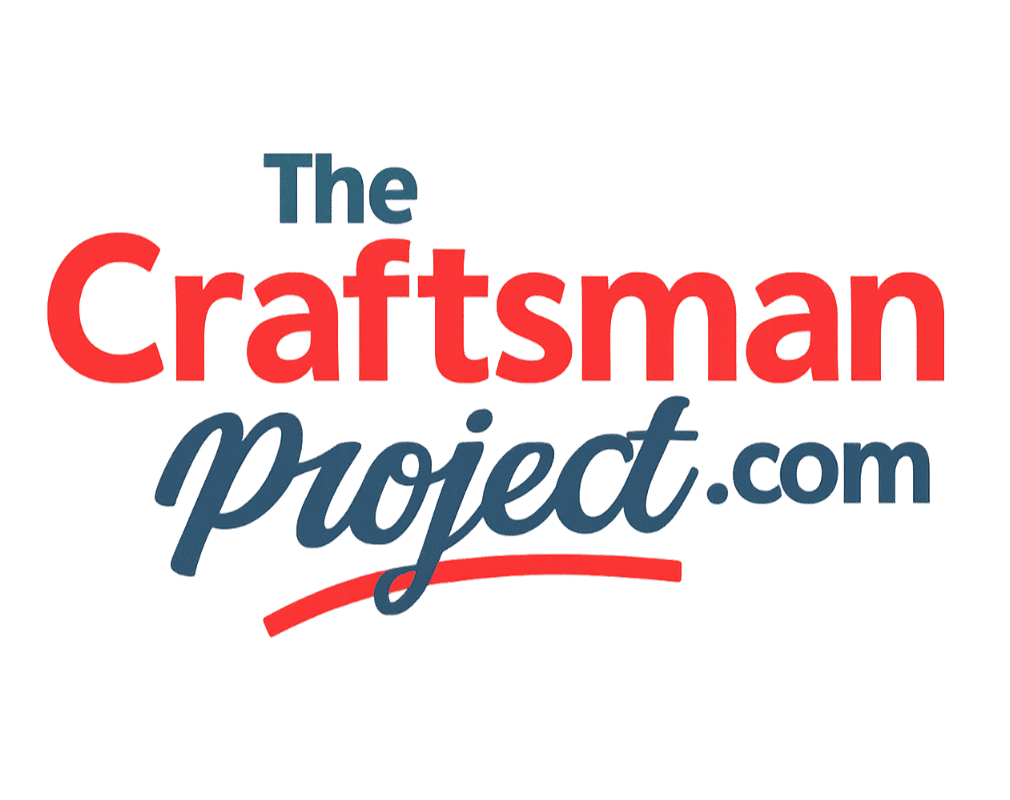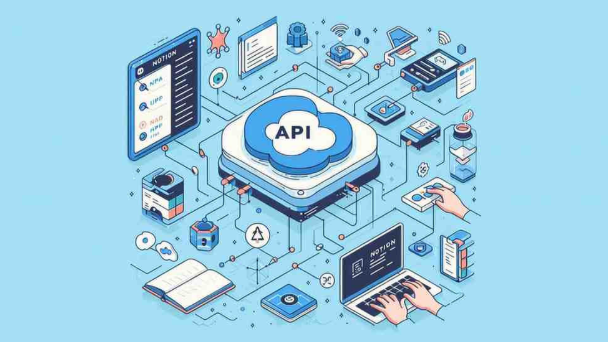Notion has become one of the most popular productivity tools for individuals, students, and businesses. It allows you to create notes, databases, tasks, and wikis in one place. While the platform itself is already powerful, many users want to take it a step further by connecting Notion with other apps and automating workflows. This is where the Notion API comes in.
The Notion API allows developers and regular users to connect Notion with other services, build custom applications, and automate repetitive tasks. Whether you want to automatically update your Notion database from Google Sheets, connect Slack notifications, or build a custom dashboard, the Notion API makes it possible.
In this article, we will explore what the Notion API is, how it works, its features, use cases, and how you can start using it.
What is the Notion API?
The Notion API is an interface provided by Notion that allows developers and users to connect external applications with Notion’s databases, pages, and blocks. API stands for “Application Programming Interface,” which means it is a set of tools and rules that lets one software interact with another.
For example, using the Notion API, you can:
- Pull data from a Notion database and display it on a website.
- Sync tasks from Notion with Google Calendar.
- Create automated workflows using platforms like Zapier or Make (formerly Integromat).
The API allows both reading and writing data, meaning you can not only view information stored in Notion but also add or update content programmatically
Key Features of Notion API
The Notion API comes with several powerful features that make it useful for individuals, teams, and developers. Some of the main features include:
- Database Access
You can retrieve, update, and manage databases within Notion. This means you can build tools that automatically add tasks, update statuses, or pull analytics from your Notion workspaces. - Page and Block Management
Notion is built on a block-based system. With the API, you can create pages, insert content, or edit blocks. For example, a blog platform could use the Notion API to publish articles directly from a Notion page. - Integration with Other Apps
The API allows seamless integration with third-party apps like Google Sheets, Slack, Trello, and GitHub. This is useful for creating automated workflows. - Authentication and Security
The Notion API uses OAuth and integration tokens to ensure data security. This means only authorized apps or users can access your workspace data. - Search Functionality
The API allows searching across workspaces to retrieve specific content, making it easier to build apps that display relevant Notion data.
Benefits of Using Notion API
The Notion API provides several benefits that make it attractive to both beginners and advanced developers:
- Automation: Automate repetitive tasks like data entry, reminders, or project updates.
- Customization: Build custom dashboards, websites, or apps that work with Notion data.
- Productivity: Save time by reducing manual work and connecting Notion with your daily tools.
- Flexibility: The API supports multiple use cases, from personal note-taking to enterprise-level project management.
- Scalability: Businesses can use the Notion API to build internal tools or integrate it into large-scale workflows.
Common Use Cases of Notion API
The Notion API can be used in many different ways. Here are some of the most common use cases:
- Task Automation
Automatically move tasks from Notion to a project management tool like Trello or Asana. - Data Synchronization
Sync Notion databases with Google Sheets for easy reporting and analysis. - Content Publishing
Use Notion as a content management system (CMS) by publishing articles directly from Notion to a website. - Notifications
Send Slack or email notifications whenever a new entry is added to a Notion database. - Custom Applications
Developers can build custom apps, dashboards, or bots that use Notion as a backend for storing and displaying data.
How to Get Started with Notion API
Getting started with the Notion API may seem intimidating, but the process is straightforward if you follow the right steps.
Step 1: Create a Notion Integration
- Go to Notion’s Developers Portal.
- Log in with your Notion account.
- Create a new integration and give it a name.
- Copy the integration token, which you will use to connect apps or write code.
Step 2: Share a Database or Page with the Integration
- Open the Notion page or database you want to connect.
- Click Share and invite your integration.
- This allows the API to access that page or database.
Step 3: Connect with Automation Tools
If you are not a developer, you can use tools like Zapier, Make, or Automate.io to connect Notion with hundreds of apps without coding.
Challenges and Limitations of Notion API
While the Notion API is powerful, it does come with some limitations:
- Rate Limits
The number of requests you can make per second is limited. Heavy usage may require optimization. - Complex Data Structure
Notion’s block-based system can be complex for beginners to understand when using the API. - Incomplete Features
Some Notion features may not yet be supported by the API. For example, certain formatting or advanced features might not be accessible. - Learning Curve
For those new to APIs, there can be a learning curve in understanding how to authenticate and make requests.
Best Practices for Using Notion API
To get the most out of the Notion API, consider the following best practices:
- Secure Your Tokens: Never share your integration token publicly.
- Plan Your Workflow: Decide which tasks you want to automate before building integrations.
- Use Libraries and SDKs: Use official Notion SDKs for Python or JavaScript to make development easier.
- Test with Small Projects: Start small, then scale your automation or app once you are confident.
- Monitor Usage: Keep track of rate limits and performance to avoid interruptions.
Future of Notion API
The Notion API is still evolving, and the company continues to release updates that expand its capabilities. In the future, we can expect:
- Better support for advanced Notion features.
- More efficient query handling.
- Improved developer documentation and libraries.
- Stronger integration with AI and automation tools.
As Notion grows in popularity, the API will likely play a key role in making it even more flexible and powerful.
Conclusion
The Notion API is a game-changer for anyone who wants to take productivity and customization to the next level. From automating workflows to building full-fledged applications, the API opens endless opportunities. While it comes with some challenges, the benefits far outweigh the drawbacks. Whether you are a developer or a non-technical user, the Notion API provides tools that help save time, improve workflows, and boost productivity.
If you want to integrate Notion with your daily tools or create custom apps, learning how to use the Notion API is a great place to start.
FAQs
Q1. Do I need to be a developer to use the Notion API?
No. While developers can build custom apps, non-technical users can use tools like Zapier or Make to connect Notion with other apps without coding.
Q2. Is the Notion API free to use?
Yes, the Notion API is free, but your usage may be limited based on Notion’s plan or rate limits.
Q3. Can I connect Notion API with Google Sheets or Slack?
Yes. The API supports integrations with Google Sheets, Slack, and many other tools either through custom code or automation platforms.

